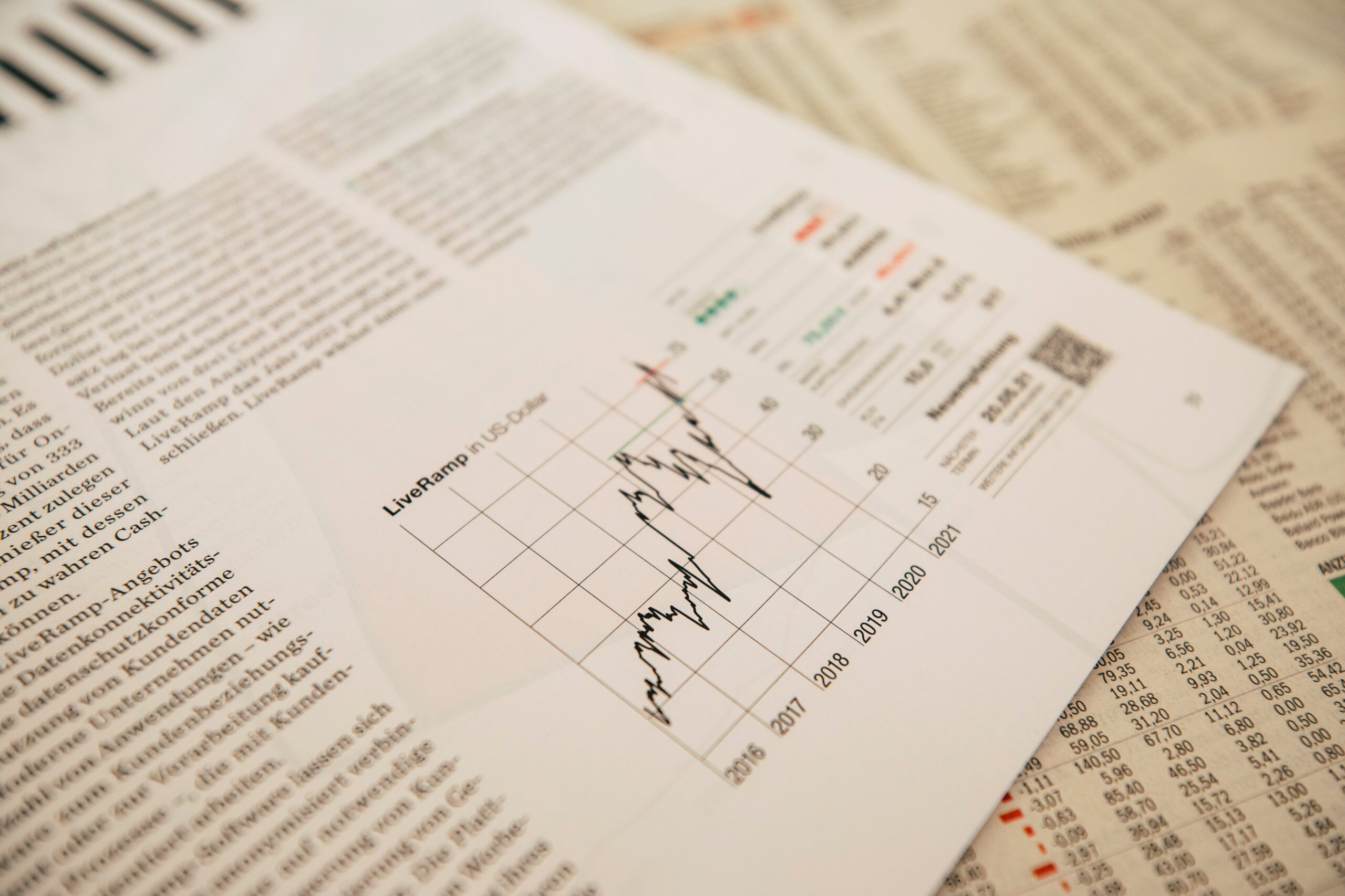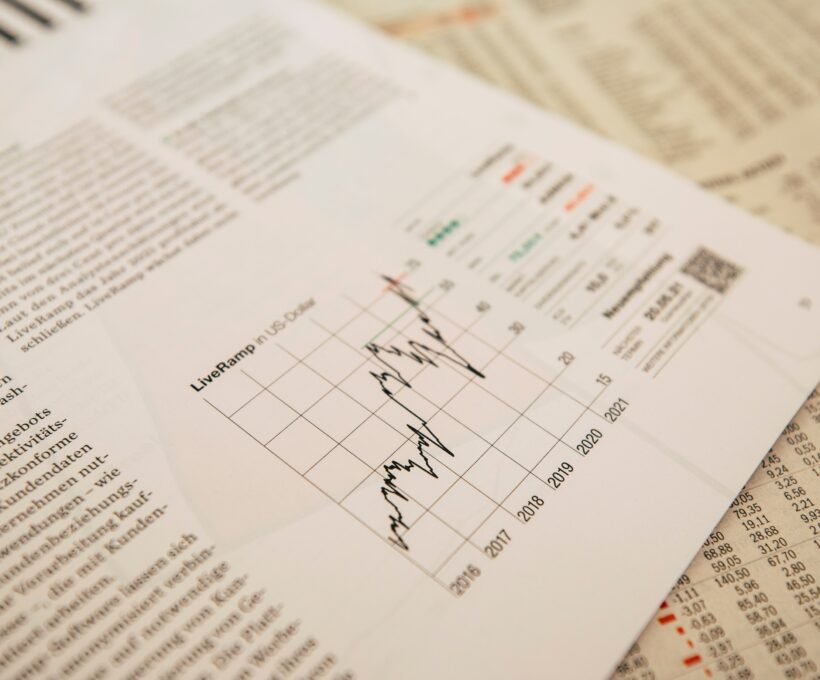Base interest rates in the euro area have been close to zero for more than a decade and have been negative since 2014. Both the European Central Bank (ECB) and the world’s other major central banks promise to keep interest rates at a deficient level for at least a few more years and stimulate economic recovery and prosperity through other means. What could upset these plans and lead to faster interest rate rises?
Spurring economies and inflation ears
Euribor interbank interest rate futures are signaling that a rise in interest rates remains a relatively distant prospect. Markets currently expect Euribor to start rising gradually in 2023 but to reach positive territory only in 2025.
While a few months ago, there were hardly any expectations and fears about interest rate rises, these expectations are already gradually changing. This is due to three factors: the success of the vaccination process and the prospect of containing the pandemic, the improving economic outlook, and the increasing risk of inflation.
Several economic indicators in both the euro area and the US have exceeded expectations in recent months: despite the ongoing pandemic, public and business expectations have improved, labor market indicators have stabilized or even improved rapidly, and industrial activity has reached record highs.
The unprecedented fiscal stimulus in the US is still gathering momentum. Service sector opening and tourism recovery will soon highlight the risks of overheating their economies.
Fiscal and monetary stimulus policies are very static. The accelerator pedal has been pushed to the floor, even though it is already apparent in many places that no more stimulus and recovery will be needed any time soon. Economic overheating usually manifests itself in rising inflation, the protruding ears of which are already making the eyes hungry in many places.
Stocks, real estate, and commodity prices are at their highs.
The effects of positive expectations, enthusiastic fiscal policies by governments, and monetary policies by central banks are already visible in the prices of shares and real estate, rising to record highs. Many industrial commodities have also recently become very expensive, with the cost of copper and iron ore, for example, rising to their highest levels in more than a decade.
Similar trends can be observed on the wood and cotton price front. Prices of maize, wheat, and soybeans are already close to decade-long highs, and their growth shows no sign of abating. Record highs top all this off in shipping prices.
Product prices are likely to fall as supply increases, but this may take time, and in the meantime, these decade-long records are about to fall on consumers’ shoulders or instead pockets.
Moreover, in addition to short-term factors linked to shortages in extraction or transport capacity, structural and more intractable inflationary elements are also attached. Many Western countries want to shorten their supply chains and produce key medical or technological components closer to home than cheapest. Several countries are already offering subsidies to companies that bring production back and add a “buy local” criterion to public procurement and fiscal stimulus plans. All this may be good, but it will cost much more than in the past.
In other words, the globalization that has flourished since the middle of the last century, with international trade rising from 10% to 60% of world GDP, is likely to be put on hold. This will be compounded by the highly strained relations between China and the US and other Western countries, which have already been beset by higher import tariffs unlikely to be lifted any time soon.
How long will central banks blink
Central banks reassure the markets almost every week that for the time being, they see the spike in inflation as a temporary, transitory phenomenon, and therefore do not promise to adjust their monetary policy. However, the fall in the price of raw materials is not guaranteed, and demand will be stimulated by fiscal policy and private sector savings.
Importantly, expectations of ever-faster price growth are taking root in the minds of the population and businesses and are reflected in financial markets, where long-term inflation expectations have risen to their highest level since 2013. Higher inflation expectations may become a self-fulfilling phenomenon, with workers rightly demanding faster wage increases and companies passing on rising labor and raw material costs to final prices.
The risk of overheating in the euro area is lower, given that many countries here have been plunged into deeper recessions that will take longer to climb out. However, general global trends, both in commodity markets and on the globalization front, will affect the consumer price index in this region.
Higher inflation than currently expected would put the ECB in a very uncomfortable position – the mandate to ensure price stability must not be abandoned. Still, a rise in interest rates would make the fate of the countries that have accumulated substantial public debts before and during the pandemic, such as Italy and Greece, extremely difficult.
Where interest rates will rise first
The first place where interest rates will start to rise is in the US, where GDP is already above pre-pandemic levels, mass immunity is just around the corner, and signs of overheating are already visible. For example, despite an unemployment rate still at 6%, a record number of small businesses say they cannot find workers to fill vacancies. And although the US Federal Reserve still promises no interest rate increases until 2024, there is less and less faith in this fairy tale on the financial markets.
For the time being, there is still a lot of public debate about the pandemic, its economic consequences, and recovery. Still, soon the discussion will turn to how not to overheat recovering economies and when and how to pause the unprecedented bailout.
For almost three decades, many Western countries have enjoyed meager inflation below 2%. Many central banks have experimented with recessions and deflationary risks over the past decade. And finally, many governments have forgotten that debt sometimes pays positive, genuine interest. Higher-than-expected and unabated inflation would be a long-forgotten and seriously challenging phenomenon for many.




